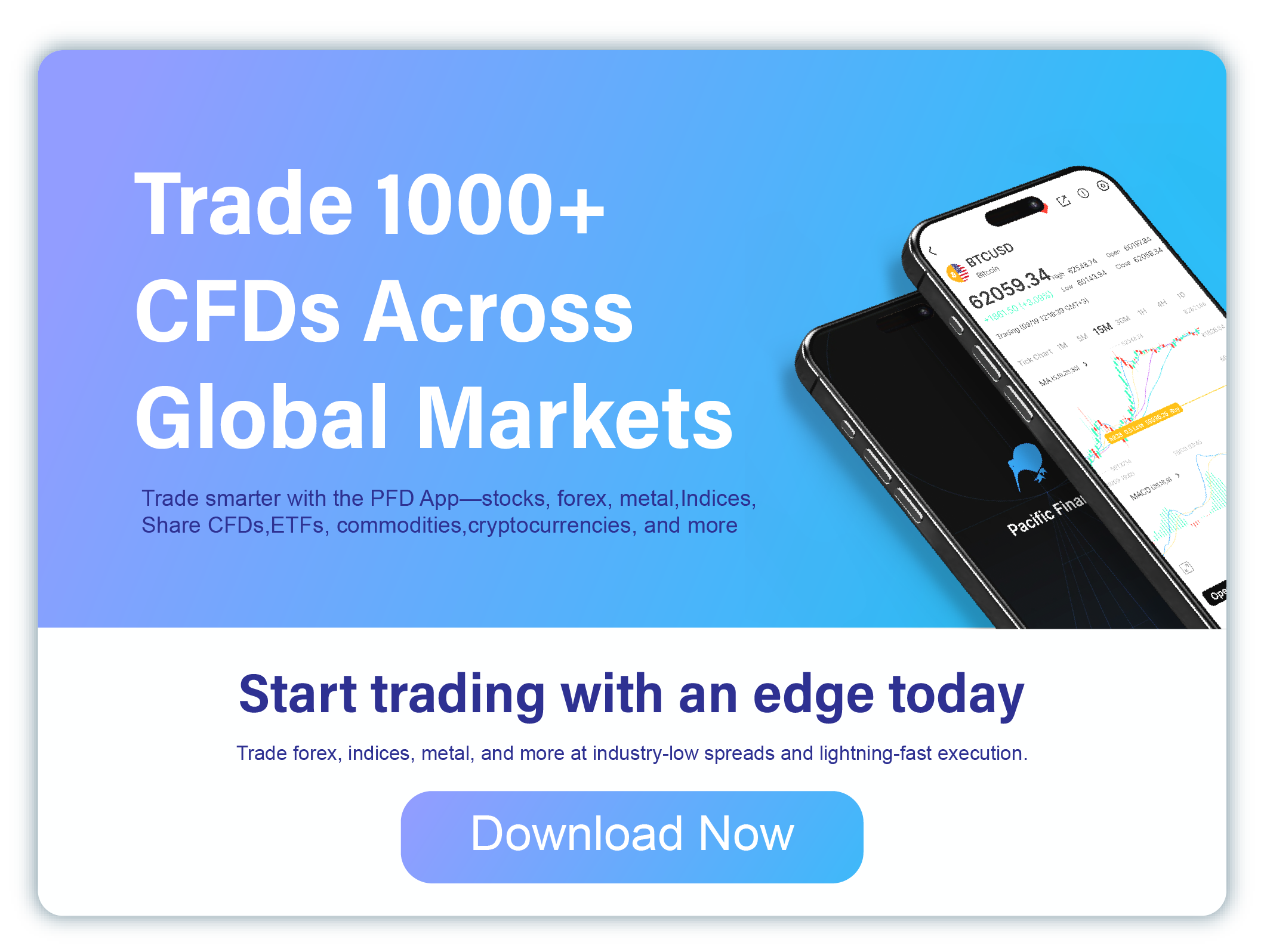Options are financial instruments that give traders the right to buy or sell a financial asset at a predetermined price within a specific time frame. These instruments offer a variety of strategies depending on the market outlook. Among the most popular strategies for trading volatility are the straddle and strangle, both designed to capitalize on significant price movements without predicting market direction. Though these strategies share similar goals, they differ in setup and risk profile, making each suitable for specific trading objectives.
Understanding the Straddle Option
A straddle strategy involves purchasing both a call and put option at the same strike price and expiration date. This strategy works best when traders expect considerable price movement but are uncertain about the direction of the move. The potential for unlimited profit arises if the price moves significantly in either direction. However, the major drawback is the higher upfront cost due to the premium of the at-the-money options.
How Straddle Options Work
When utilizing a straddle, traders buy both a call and a put option for the same asset, both with identical strike prices and expiration dates. Profitability arises if the asset price moves far enough in either direction to offset the combined cost of the premiums, which is known as the breakeven point.
- If the price increases, the call option becomes profitable, rendering the put option worthless.
- If the price decreases, the put option becomes valuable while the call option loses value.
The straddle strategy is ideal for times of high volatility, such as political events, economic announcements, or legal rulings that could lead to significant price fluctuations.
When to Use a Straddle
The straddle strategy is beneficial in scenarios such as:
- Uncertain market sentiment
- Upcoming events with expected significant price movement
- Rising implied volatility
Despite its potential for unlimited profits, the high upfront cost makes it a strategy that requires careful analysis of volatility and risk factors before deployment.
Understanding the Strangle Option
A strangle strategy involves purchasing a call and a put option, but with different strike prices. Unlike the straddle, these options are typically out-of-the-money, which makes the cost of the strategy lower. The strangle works best when a large price movement is expected, but it requires a more significant movement than the straddle to become profitable.
How Strangle Options Work
With a strangle, traders buy both a call and a put option with different strike prices, typically out-of-the-money, at the same expiration date. The price needs to move substantially in either direction for the strategy to generate a profit.
- If the price increases, the call option becomes valuable, making the put option irrelevant.
- If the price decreases, the put option gains value, while the call option becomes worthless.
The strangle is beneficial when traders anticipate heightened volatility but want to reduce the cost of entering the position.
When to Use a Strangle
The strangle strategy is effective in conditions such as:
- Periods with moderate implied volatility
- Anticipated significant market events
- When minimizing upfront costs is a priority
Key Differences: Straddle vs. Strangle
| Aspect | Straddle Option | Strangle Option |
|---|---|---|
| Strike Price Selection | Same strike price for both call and put options | Different strike prices for call and put options |
| Cost | Higher cost due to at-the-money options | Lower cost due to out-of-the-money options |
| Risk Management | Higher premiums mean higher risk if price stagnates | Lower premiums reduce losses in stagnant markets |
| Breakeven Points | Narrower breakeven points | Wider breakeven points |
Best Market Conditions for Each Strategy
Straddle
Best for high volatility, significant price swings, and extreme uncertainty about price direction. Key indicators include:
- Rising implied volatility
- Major events or news
- Significant expected price movements
Strangle
Best for moderate volatility and situations where price swings are anticipated but costs need to be minimized. Key indicators include:
- Moderate implied volatility
- Range breakouts or gradual trending movements
Pros and Cons of Each Strategy
Straddle
Pros:
- Profits from significant price swings in either direction
- Unlimited potential gains
- Ideal for uncertain markets
Cons:
- Higher premium costs
- Risk of total premium loss if the price doesn’t move significantly
- Time decay erodes value as expiration approaches
Strangle
Pros:
- Lower premiums
- Benefits from significant price movements
Cons:
- Requires large price movements to cover premium costs
- Potential loss if the price remains within the range
Conclusion
The straddle and strangle options strategies are both effective for capturing volatility, with the straddle being suitable for traders who anticipate extreme price movements and are willing to pay higher premiums. The strangle is ideal for those who seek lower upfront costs but require larger market moves to achieve profitability. As with all trading strategies, understanding market conditions and implementing proper risk management is essential for success.
Open a free PFD Markets live trading account today to experience real-time market action or refine your strategies risk-free with our demo account.










